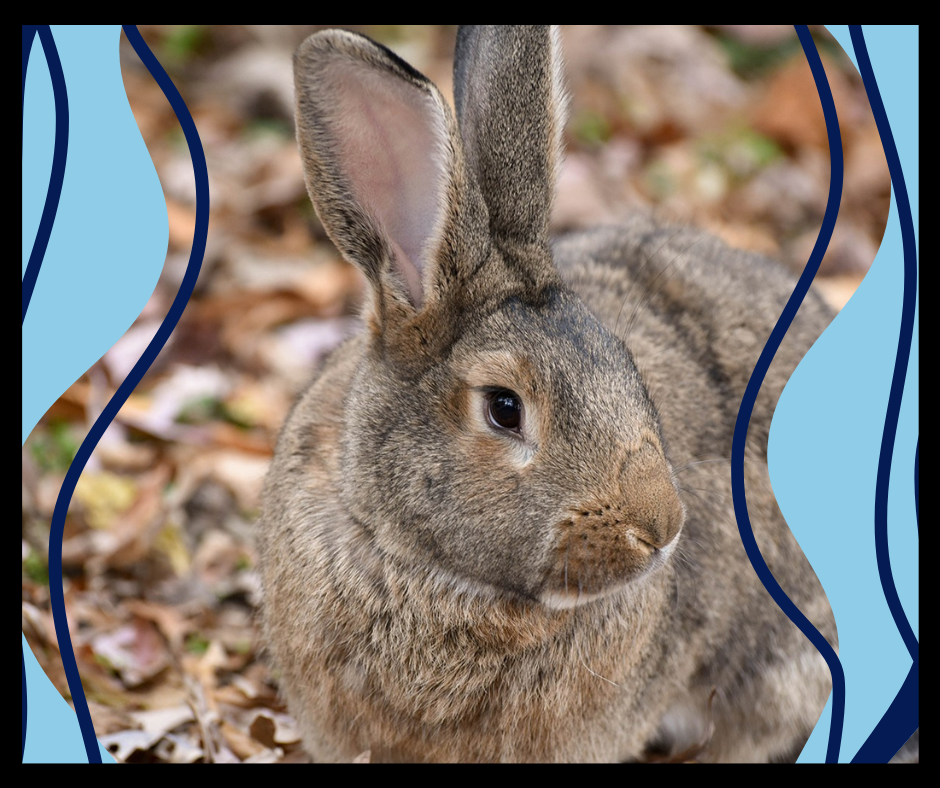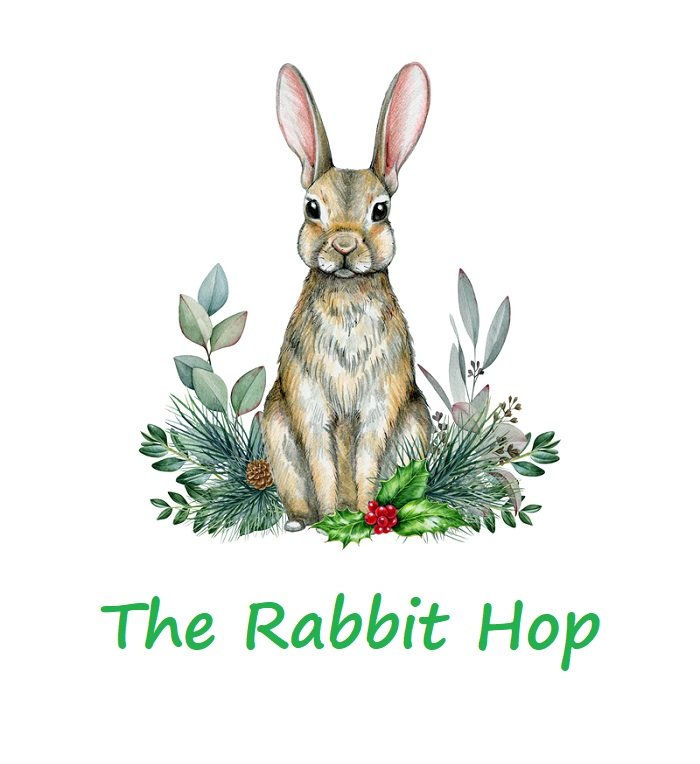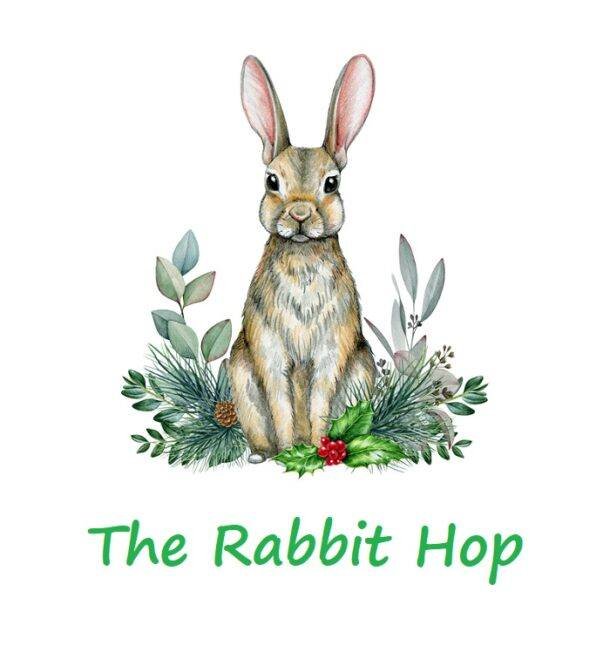Have you ever been captivated by the gentle giants of the rabbit world, the Flemish Giants? These large and lovable bunnies are calm and docile, making them popular pets among rabbit enthusiasts. In this blog post, we will explore the fascinating Flemish Giant rabbits, understand their Flemish Giant rabbit lifespan, and provide essential care tips to ensure that your big bunny lives a healthy, happy life.

Key Takeaways
-
Flemish Giant rabbits have an average lifespan of 8-10 years with proper care.
-
Factors such as diet, exercise, genetics, and health management influence life expectancy.
-
Essential care for Flemish Giants includes a balanced diet, sufficient exercise, and regular health checks to ensure their well-being.
Understanding the Lifespan of Flemish Giant Rabbits

Flemish Giant rabbits, or the gentle giants, are a unique rabbit breed that is large in size and has a friendly demeanor. With their long and muscular physique, Flemish Giants can weigh around 15 pounds, making them considerably larger than most giant rabbit breeds, including the Continental Giant Rabbit.
In comparison, Continental Giant rabbits also have impressive size. One of the primary concerns of Flemish Giant rabbit owners, especially those with male Flemish Giant rabbits, is the lifespan of their beloved pets.
Gaining a better understanding of these magnificent creatures involves knowing about their lifespan, the factors that influence their life expectancy, and their comparison to other large rabbit breeds.
Flemish giants typically have an average lifespan of between 6 and 9 years, which is similar to other giant breeds of rabbits. Various factors can influence the life expectancy of these big bunnies, such as:
-
Diet
-
Exercise
-
Genetics
-
Proper health management
The subsequent sections will provide more details on the average lifespan, influencing factors, and life expectancy comparison of Flemish Giants with other rabbit breeds.
Average Years: How Long Do Flemish Giants Live?
The Flemish Giant rabbit has a decent lifespan. It is estimated to be between 8 to 10 years. This is, on average, for the breed. This is significantly longer than the life expectancy of their wild counterparts, who usually only live between 1 to 9 years.
Both male and female Flemish Giant rabbits have similar lifespans, typically ranging from 8 to 10 years. Flemish Giants can live a healthy and fulfilling life with proper care and attention to their unique needs.
Considering the factors that can affect the lifespan of your Flemish Giant is important. A healthy diet, sufficient exercise, and regular health checks contribute significantly to their overall well-being. Addressing these factors can help prolong the life of your gentle giant, ensuring their happiness and health.
Influencing Factors on Life Expectancy
The life expectancy of Flemish Giant rabbits is influenced by several factors, including:
-
Diet
-
Exercise
-
Genetics
-
Proper health management
A well-balanced diet is crucial for maintaining a healthy weight and preventing obesity. Regular exercise is essential for maintaining muscle tone and overall health. Monitoring for any signs of illness and conducting regular health checks can help in the early detection and management of potential health issues.
An important aspect of Flemish Giant care is providing a clean and comfortable environment. This involves suitable flooring to prevent sore hocks, good hygiene, and a well-ventilated living space to minimize respiratory issues. Addressing these factors can contribute to the longevity and health of your Flemish Giant.
Comparing Lifespans: Flemish Giants vs. Other Breeds
In comparison to smaller rabbit breeds, Flemish Giants tend to have a shorter lifespan due to their size and the associated health risks. Smaller rabbit breeds like Netherland Dwarf or Lionhead typically have a lifespan of 8 to 12 years.
However, the life expectancy of Flemish Giants is comparable to that of other large-breed rabbits like the Checkered Giant or Giant Chinchilla, typically ranging between 8 and 10 years.
It is key to recognize that the size and distinct traits of Flemish Giants can impact their life expectancy. Through proper care, a balanced diet, and regular health checks, you can aid your gentle giant in leading a long and healthy life, akin to other large breed rabbits.
Essential Care to Prolong Your Flemish Giant’s Life

For a long and healthy life for your Flemish Giant, three main areas of care should be diet, exercise, and regular health checks. A balanced diet, adequate exercise, and health monitoring can help prevent health issues and extend your Flemish Giant’s life.
The subsequent sections will cover essential care tips for your Flemish Giant, which include:
-
Creating a healthy rabbit diet
-
Maintaining your gentle giant’s activity levels
-
Carrying out regular health checks for early detection and address of health issues.
Diet: Crafting a Healthy Rabbit Diet

A balanced diet for Flemish Giants, which are often raised for meat and fur, consists of:
-
Hay
-
Pellets
-
Fresh greens
-
Limited treats
Timothy hay is the most essential element of a Flemish Giant’s diet. It is suggested that approximately half a cup per pound of body weight (loosely packed) or two handfuls for every 5 pounds of the rabbit’s weight is a suitable guideline for fresh leafy greens. Romaine lettuce, spring greens, herbs, kale, and other varieties of leafy greens are advantageous for Flemish Giants to consume.
Limiting the number of pellets and treats given to Flemish Giants is important, as overfeeding may lead to obesity. By offering a balanced diet composed of:
-
Hay
-
Pellets
-
Fresh greens
-
Limited treats
You can maintain a healthy weight and prevent obesity, which can lead to various health issues in your Flemish Giant.
Exercise: Keeping Your Gentle Giant Active
Ensuring your Flemish Giant has abundant space and opportunities for exercise is vital for maintaining their muscle tone and overall health. It is advised that Flemish Giant rabbits be provided with a minimum of four hours of exercise every day, comprising of hopping, running, and playing.
Unlike wild rabbits, Flemish Giant rabbits can exercise indoors and outdoors, but it’s important to ensure they have a spacious enclosure to remain comfortable. Regular exercise is essential for their health and well-being, helping to prevent obesity and other health issues.
Providing an appropriate exercise environment can contribute to your gentle giant’s overall health and happiness.
Regular Health Checks
Regular health checks are incredibly important for Flemish Giant rabbits to identify any health issues. It is recommended that a Flemish Giant rabbit visit the vet at least once annually or more often if they grow older or experience any health issues.
As part of a regular at-home health check, you should conduct daily checks on the following areas of a Flemish Giant Rabbit:
-
Ears
-
Toenails
-
Eyes
-
Teeth
Carrying out regular health checks and observing for any signs of illness can contribute to the longevity and well-being of your Flemish Giant.
Common Health Challenges in Flemish Giants

Flemish Giants, like other rabbit breeds, can face various health challenges. Some common health challenges faced by Flemish Giants include sore hocks, gastrointestinal issues, and heart and respiratory problems. Understanding these health challenges and taking preventive measures can help ensure your gentle giant’s well-being.
The upcoming sections will cover common health challenges faced by Flemish Giants, along with tips to prevent or manage these issues, ensuring optimal care for your beloved pet.
Preventing Sore Hocks in Heavy Rabbits
The weight of a Flemish Giant rabbit has a direct correlation to the risk of sore hocks. Overweight or obese rabbits can put excessive pressure on their feet, thus increasing the probability of developing sore hocks.
Keeping the rabbit at a healthy weight is important to prevent this condition. Soft, absorbent surfaces like cotton toweling, artificial fleece, or deeply padded surfaces like carpet or foam puzzle mats are the most suitable flooring for preventing sore hocks in heavy rabbits.
By providing a smooth, non-abrasive fabric or rubber mats for the flooring, you can protect your Flemish Giant’s feet and prevent the development of sore hocks. Maintaining a healthy weight and ensuring suitable flooring are important for the well-being of your heavy rabbit.
Gastrointestinal Health: Avoiding GI Stasis
Gastrointestinal stasis is a serious condition in rabbits characterized by cessation of eating, lack of fecal output, and decreased activity. Preventing GI stasis involves providing ample exercise to promote gut mobility, feeding a high-fiber diet like fresh grass hay, and ensuring proper hydration through fluid therapy when necessary.
A fiber-rich diet for maintaining gastrointestinal health in rabbits offers several advantages, such as promoting good dental health, regulating the gut microbiota, and ensuring regular bowel movements. Providing a fiber-rich diet and maintaining a healthy gastrointestinal system can help prevent GI stasis and enhance the overall health of your Flemish Giant.
Heart and Respiratory Issues
Flemish Giants may be predisposed to cardiomyopathy, which causes the muscle of the heart to thicken and reduces its capacity to pump blood, as well as dilated cardiomyopathy, which thickens and weakens the heart. Monitoring for heart and respiratory issues and providing a clean, well-ventilated environment can help reduce risks.
Monitoring your Flemish Giant’s health, consulting a veterinarian for accurate diagnosis and treatment, and keeping a clean, well-ventilated living space can aid in reducing the risk of heart and respiratory issues in your gentle giant.
Creating a Safe and Comfortable Environment

Creating a safe and comfortable environment for your Flemish Giant rabbit is important to ensure their well-being. This includes providing appropriate housing, litter box training, and rabbit-proofing your home to protect your pet from potential hazards.
The subsequent sections will cover how to create a safe and comfortable environment for your Flemish Giant, including their housing needs, litter box training, and home rabbit-proofing.
Housing Needs for Larger Rabbits
It is essential to provide spacious housing for your Flemish Giant, as they require ample room to move and stretch. A proper enclosure should have a solid floor to prevent sore hocks and be large enough to accommodate their size. Flemish Giant rabbits require a roomy cage that is at least eight feet long to enable them to move and play.
Providing your Flemish Giant with a spacious, comfortable living space ensures their well-being and happiness. Remember that a suitable environment is key to your gentle giant’s overall health and well-being.
Litter Box Training for Convenience and Cleanliness
Litter box training your Flemish Giant can make maintaining a clean living space much easier and more convenient for both you and your rabbit. To start litter box training, begin with a sizeable litter box and gradually decrease the size as the rabbit becomes accustomed to using it.
It is important to use rabbit-specific litter for their litter box, as most cat litter types are not safe for rabbits. Litter box training your Flemish Giant helps keep their living space cleaner and encourages better hygiene.
Rabbit Proofing to Protect Your Pet
Rabbit-proofing your home is essential to protect your pet from hazards such as electrical cords and toxic plants. To protect electrical cords from rabbits, one can employ cord protectors such as slit tubing or hose covers, which can be purchased from stores or created by slicing a hose.
Additionally, it’s essential to be aware of any plants around the house that may be toxic to Flemish Giants, such as Agave leaves, Amaryllis bulbs, or Apple seeds.
Taking the necessary precautions to rabbit-proof your home ensures the safety and well-being of your pet rabbits, especially when it comes to your Flemish Giant rabbit, enabling them to lead a happy and healthy life in your home.
Social and Mental Well-being: The Key to a Happy Flemish Giant

Ensuring the social and mental well-being of your Flemish Giant is key to their overall happiness and health. By providing socialization, enrichment activities, and bonding, you can foster a strong connection with your gentle giant and support their emotional well-being.
The upcoming sections will delve into:
-
The sociable nature of Flemish Giants
-
Enrichment activities for mental health
-
Tips for forging a strong bond with your gentle giant through regular interaction, grooming, and gentle handling.
The Sociable Nature of Flemish Giants
Flemish Giants are known for their sociable nature and benefit from interaction with their family members. They are friendly and social and enjoy spending time with their owners, making them wonderful pets for families and individuals alike.
It is not recommended to keep them in isolation, and they should ideally have at least one rabbit friend. If you’re interested in owning one, consider reaching out to flemish giant rabbit breeders for guidance.
Grasping the sociable nature of Flemish Giants is key when contemplating their overall well-being. Providing companionship, either with another rabbit or through regular human interaction, can greatly contribute to the happiness and health of your gentle giant. Consider consulting the American Rabbit Breeders Association for more rabbit care and breeding information.
Enrichment Activities for Mental Health
Offering enrichment activities, such as toys and puzzles, can keep your Flemish Giant mentally stimulated and engaged. Enrichment activities for Flemish Giants may include:
-
Bamboo chews
-
Tunnels
-
Food puzzles
-
Treat dispensers
-
Wooden blocks
-
Logs
-
Boulders
-
Flower pots
-
Chewing toys
-
Digging toys
-
Throwing toys
-
Climbing toys
-
Burrowing toys
-
Puzzles
-
Interactive games
-
Homemade toy projects
Offering a variety of enrichment activities promotes mental health in your Flemish Giant, ensuring their engagement and contentment throughout life. By offering these activities, you can help maintain a positive and stimulating environment for your gentle giant.
Bonding with Your Gentle Giant
Regular interaction, grooming, and gentle handling can build a strong bond with your gentle giant. You can create a strong connection and ensure their emotional well-being by spending time with your Flemish Giant, petting, grooming, and playing with them.
Remember that proper handling is vital for the well-being of your Flemish Giant. They have powerful hind legs and may not appreciate being lifted up. Ensure that their body is adequately supported during handling, and always approach them with gentleness and patience.
Video Credit: @PetsLifeToday
Summary
Flemish Giant rabbits are unique and fascinating pets that require special care and attention. By understanding their lifespan, providing essential care, addressing common health challenges, creating a safe and comfortable environment, and ensuring their social and mental well-being, you can help your gentle giant live a long, healthy, and happy life.
Now that you are equipped with the knowledge and tips in this blog post, you can confidently care for your Flemish Giant, ensuring they thrive as a cherished member of your family.
Frequently Asked Questions
How long do Flemish Giant rabbits live as pets?
With proper care and regular veterinary attention, Flemish Giant rabbits can live for 8 to 10 years as pets.
How much does a Flemish Giant bunny cost?
The cost of adopting a Flemish Giant bunny can range from $30 to several hundred dollars, depending on its breed and quality.
Are Flemish Giants good pets?
Flemish Giants are known as the “Gentle Giants” of the rabbit world, and with proper treatment, make great pets for all ages. They are very docile and gentle, even with small children, making them a good choice for families.
Are Flemish Giant rabbits aggressive?
Flemish Giants are known to be gentle and good natured, making them suitable as family pets. They enjoy interaction with their owners but, if isolated, can become frustrated and exhibit aggression. Therefore, Flemish Giant rabbits are not generally considered aggressive.
What is the largest breed of rabbit?
The Flemish Giant Rabbit is the largest breed of rabbit in the world, weighing over 13 pounds. It was originally bred for meat, but its high bone-to-meat ratio stopped this practice, and it is now mainly bred for show.
Learn Rabbit Care, Tips, and Tricks!
Learn more about caring for your bunny with us. We’ve got everything from rabbit hutches to essential care tips.
For more information on rabbit care, visit our website: therabbithop.com.
Join our community and become a bunny care expert!



